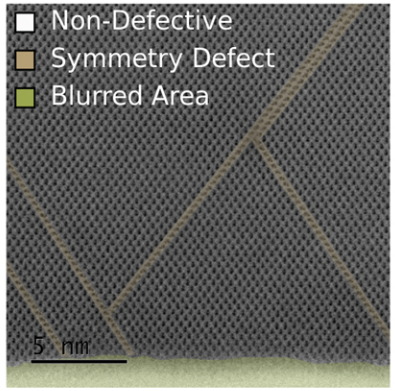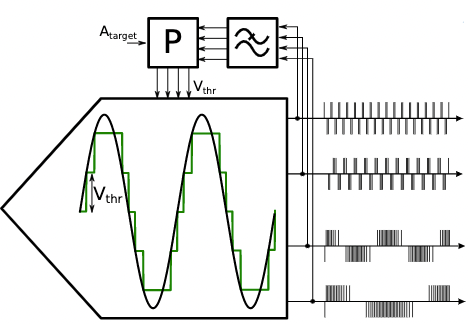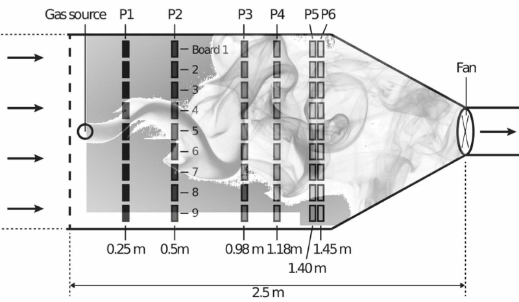Drift in a popular metal oxide sensor dataset reveals limitations for gas classification benchmarks
Nik Dennler, Shavika Rastogi, Jordi Fonollosa, Andre Van Schaik, and
1 more author
Sensors and Actuators B: Chemical 2022
Metal oxide (MOx) electro-chemical gas sensors are a sensible choice for many applications, due to their tunable sensitivity, their space-efficiency and their low price. Publicly available sensor datasets streamline the development and evaluation of novel algorithm and circuit designs, making them particularly valuable for the Artificial Olfaction / Mobile Robot Olfaction community. In 2013, Vergara et al. published a dataset comprising 16 months of recordings from a large MOx gas sensor array in a wind tunnel, which has since become a standard benchmark in the field. Here we report a previously undetected property of the dataset that limits its suitability for gas classification studies. The analysis of individual measurement timestamps reveals that gases were recorded in temporally clustered batches. The consequential correlation between the sensor response before gas exposure and the time of recording is often sufficient to predict the gas used in a given trial. Even if compensated by zero-offset-subtraction, residual short-term drift contains enough information for gas classification. We have identified a minimally drift-affected subset of the data, which is suitable for gas classification benchmarking after zero-offset-subtraction, although gas classification performance was substantially lower than for the full dataset. We conclude that previous studies conducted with this dataset very likely overestimate the accuracy of gas classification results. For the 17 potentially affected publications, we urge the authors to re-evaluate the results in light of our findings. Our observations emphasize the need to thoroughly document gas sensing datasets, and proper validation before using them for the development of algorithms.



